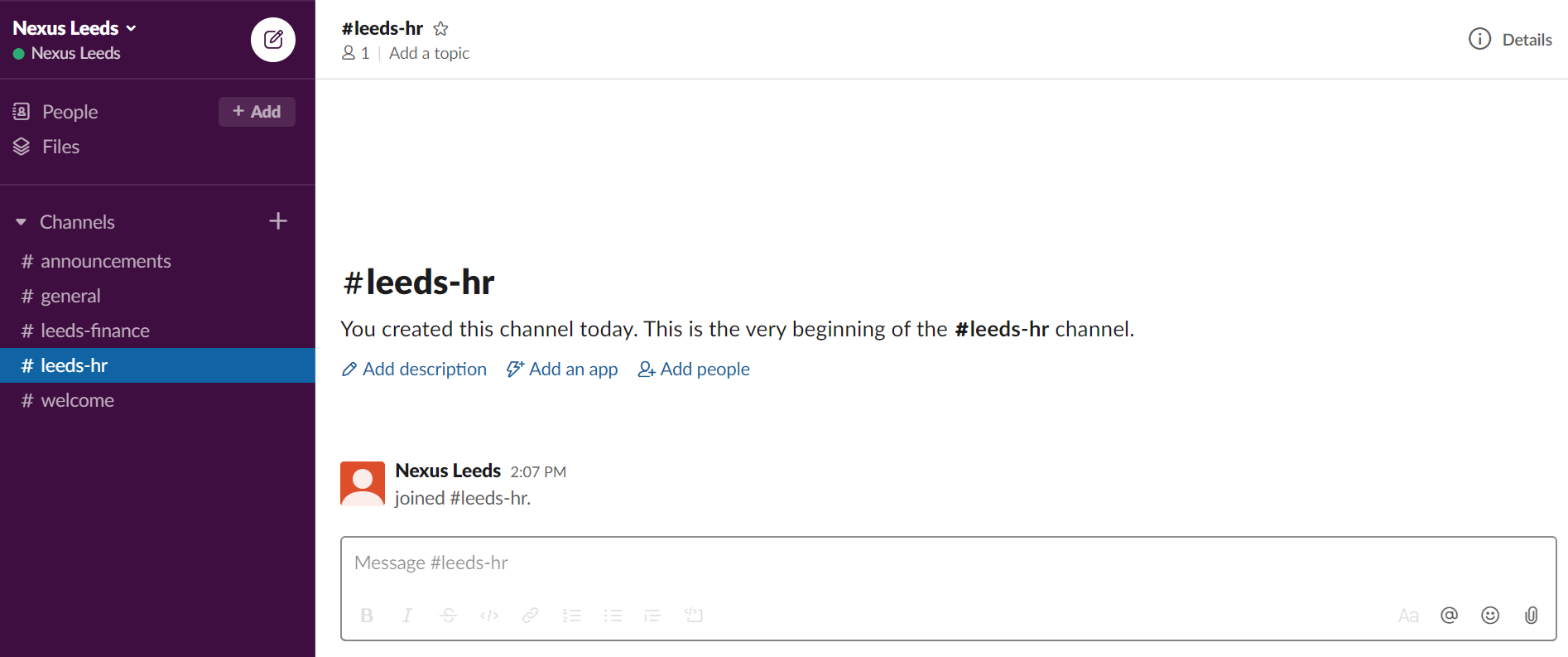How to optimise team communication during the COVID-19 outbreak
The average working day has changed dramatically in recent weeks due to the COVID-19 outbreak. For most businesses this has meant having to adapt quickly to new ways of working and new ways of communicating. Team dynamics have changed vastly too, often with parts of or entire teams furloughed, but still needing to be informed, engaged and safeguarded.
In this article we look at 5 practical strategies for ensuring effective communication during the COVID-19 crisis, to ensure your team feel supported and motivated throughout the pandemic and ready to adapt to the post COVID-19 way of working.
1. Choose your channels and their purpose
By this point in lockdown, you will most likely have decided on the communication channels that work best for your team, probably including video conferencing, instant chat, perhaps some form of project management software, plus classic email or phone. Each channel has its use, but the abundance can be overwhelming.
Start by setting out a simple policy on what you will use each channel for. For example, a common approach is to use Slack or Skype messenger for all internal work conversations. For speed you may wish to encourage moving this to calls and video calls for anything that’s more than a couple of short exchanges. Limiting email to client or other outside contact, or for when work communications require a trail, can help simplify things, too.
Decide early, communicate it with the team, and make sure business leaders set the example.
2. Use channels with #clear-names
Even within your newly dedicated channels, overlapping threads of conversation can still be difficult to keep track of. Using multiple channels with discrete subjects will make it easier for the team to firstly keep track of conversations, but also to opt out of those topics that do not feed, inspire or inform them.
Use sensible, consistent formats for the channels too, so finding the right one is quick and easy. For example you might opt for #location-topic, e.g. #leeds-finance, or #london-HR, etc.
Business chat tool Slack has a useful guide to creating clear channel names, – relevant no matter which software you use.

3. Make sure announcements are heard
Make sure your most important messages don’t get lost in the melee by introducing a communication channel dedicated to announcements. You might decide that you will use email for colleague communications when it is essential, company-wide information. Or instead this could be a #announcements channel on Slack or Teams, which only admins can post on. At the very least a separate email thread for important news will help streamline conversation.
4. Factor in small talk to provide emotional support
Mental health charity Mind has declared the current crisis a national mental health emergency. Whether your team is affected directly or not by the virus, or is openly discussing feelings of anxiety or stress, it has never been more important to encourage regular, open communication. There are plenty of free resources to help employers to better support their teams emotionally during the coronavirus outbreak. But what about how you can use your communication channels to enable open chat?
Start by making space in the working day for short daily meetings to ensure the whole team is engaged in conversation at least once a day.
Factor into your calls, whether daily or ad-hoc, some non-work chat. For example, encourage the team to log on to group calls 10 minutes early to talk about anything but work.
Create extra-curricular channels in your messenger software, where you can discuss anything from news to inspiration. It might feel forced at first but lead by example and watch it start to flow.

5. Consider alternative communications support for furloughed employees
Following the introduction of the Coronavirus Job Retention Scheme, there has been confusion around communication with furloughed team members, with some employers fearing reprisal once audited on their furlough claims. However, the government guidance is clear: furloughed employees should not be working. Beyond this, staying in touch with your furloughed team is not discouraged; it’s important that businesses keep in touch with the whole of their team, including those who are furloughed. These team members still need to feel part of the team and wider organisation – this is after all a temporary solution to ensure the long-term success of the organisation is safeguarded.
A separate, work-free group chat on something like WhatsApp might be useful to keep the team spirit alive, or a weekly social call or quiz could help continue the sense of community. Perhaps think about putting in place a buddy system, giving each furloughed member of staff someone who will check in on them, no strings attached. And check with those furloughed how they would like to continue communication – everyone’s circumstances are different. However, be sure that all members of staff, furloughed or not, are clear on the rules: no work must be completed or services otherwise provided to the business. Keep the chat strictly extra-curricular and focused on supporting the individuals.
For more help, check out CIPD’s guide to furloughing.
It’s a uniquely difficult time to be in business but with effective communication you stand the best chance of maintaining morale in the short-term, and may also set up new ways of communicating that will have long-term business benefits. What has your business learned in the last few weeks? Let us know by emailing hello@nexusleeds.co.uk or finding us on Twitter, @nexusunileeds.
Find out the latest information to help guide you through the advice and support schemes available in response to COVID-19 on our hub.

